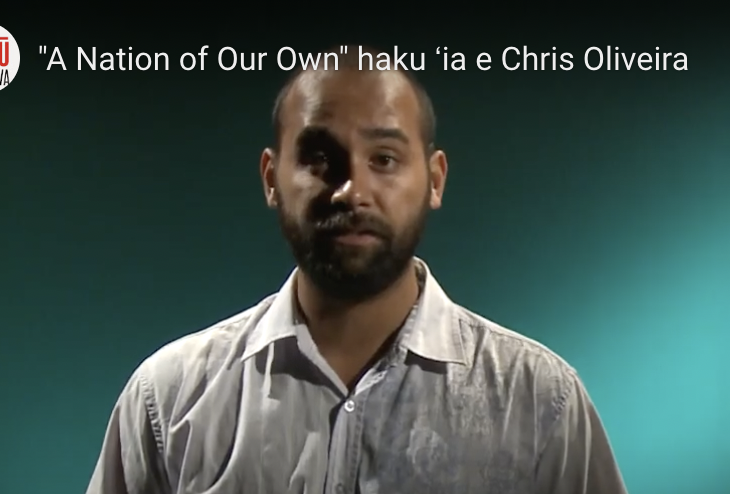Our ongoing series of interviews with Native Hawaiian and local Hawaiʻi writers continues this 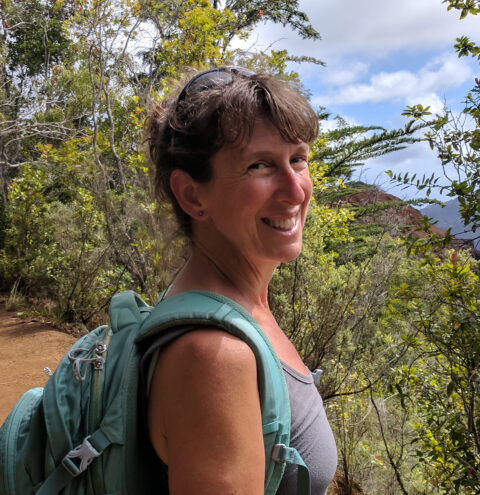 week with Caren Loebel-Fried, the talented award-winning author/illustrator.
week with Caren Loebel-Fried, the talented award-winning author/illustrator.
Aloha, Caren. For those who haven’t met you, could you please tell us a little about yourself?
Aloha, Kamalani. I’m an artist and author from Volcano, on Hawai’i’s Big Island. My favorite things are exploring wild places, watching and learning about birds, making art and telling stories about these things.
Where did you grow up?
I grew up on the New Jersey shore, going to the beach in the summer.
Who is your biggest supporter?
My husband encourages and cheers me on, and sometimes joins me on my research adventures. Many biologists, cultural practitioners, teachers, and librarians also support my work, and help me get the story right.
Why did you become a writer/illustrator?
My mom is an artist and still is my greatest inspiration. I was always drawn to making art. And my art has always told stories. When I had the opportunity to create books, I worked to be a better writer. Now I tell stories with words AND pictures.
What inspired you to write for children?
Picture books were a natural fit for me. But I have to admit, I create my books for 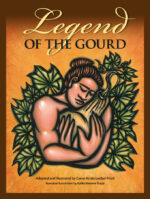 all ages — keiki and the adults who read to them, and anyone who enjoys a compelling story. I’ve always loved reading books written for all ages, and I collect art-filled books that inspire me, no matter what age they are intended for.
all ages — keiki and the adults who read to them, and anyone who enjoys a compelling story. I’ve always loved reading books written for all ages, and I collect art-filled books that inspire me, no matter what age they are intended for.
What do you enjoy most about creating for kids?
I love sharing with a curious audience, and most keiki are open and curious.
What are some of your greatest challenges?
My aim is to be a voice for wildlife. My greatest challenge is persuading people to care about and want to help native species. I try to do this in a fun way, by creating engaging stories and art that capture the spirit and personality of the individual animal (including human!), plant, the natural elements and environmental 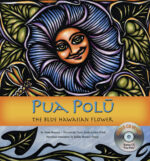 features that are my subjects… I aim to make art that is colorful, engaging, alive. I am also interested in culture and how we humans live in our world, interact with our environment, and our connection to place. Many of us have lost a feeling of connection to the natural world. I try to awaken or reawaken that connection.
features that are my subjects… I aim to make art that is colorful, engaging, alive. I am also interested in culture and how we humans live in our world, interact with our environment, and our connection to place. Many of us have lost a feeling of connection to the natural world. I try to awaken or reawaken that connection.
What are your hopes and dreams for the year and beyond in terms of your writing/artistic career?
This year, I’ll be working on my next book with University of Hawai’i Press. This story is about Makani, a young Hawaiian girl named after the wind that seabirds depend on. Makani adores ʻuaʻu, the Hawaiian petrels that her biologist mom works with. Seabirds are so cool! But their lives are completely hidden from us. They live over the ocean and only come to land to breed, flying in the dark of night, and nesting in burrows underground. I’ll be telling their amazing story 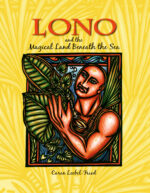 through the experience of Makani. I hope this book inspires readers, especially girls, to explore science, art, and storytelling. There are many ways to help wildlife! We can all find our own way to help preserve wildlife and wild places.
through the experience of Makani. I hope this book inspires readers, especially girls, to explore science, art, and storytelling. There are many ways to help wildlife! We can all find our own way to help preserve wildlife and wild places.
Do you have a website?
I do: https://www.carenloebelfried.com/. And I have a YouTube Channel: https://www.youtube.com/channel/UCNgbp1m6lsf6d4w89oV6ung.
What advice would you give an aspiring writer/illustrator?
Keep creating! Discover the things that are important to you and tell about them in your work!
Which characters do you relate with easily? Why?
My last book, Manu, The Boy Who Loved Birds, is about a young boy named after 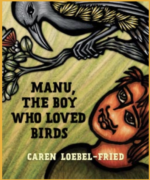 an extinct Hawaiian forest bird. I relate to Manu desperately wanting to know the meaning of his name, and leaving no stone unturned in his journey of discovery… and also his difficulty in believing that extinction is forever. I also relate to Manu’s parents, who won’t just give Manu answers, but instead give him the opportunities to make discoveries himself. I tried to do this with my own son when he was growing up, and now I do it with my readers and my books!
an extinct Hawaiian forest bird. I relate to Manu desperately wanting to know the meaning of his name, and leaving no stone unturned in his journey of discovery… and also his difficulty in believing that extinction is forever. I also relate to Manu’s parents, who won’t just give Manu answers, but instead give him the opportunities to make discoveries himself. I tried to do this with my own son when he was growing up, and now I do it with my readers and my books!
Thatʻs a beautiful book. What beliefs are your books challenging?
It’s hard to hear, learn, believe that things we do may be unintentionally hurting wildlife. I try to present the facts, for people to know for themselves. But I also present ways that people can help. I try to write hopeful, inspiring stories and give people the tools to be an active part of the solution.
Where do you get your ideas and inspirations?
I see something cool out in nature almost everywhere and think, Wow- THAT would make a great storybook!
Mahalo, Caren, for allowing me to interview you and for sharing your manaʻo! To learn more about Caren, and to see a gallery of art pieces and to contact Caren Loebel-Fried, please visit Carenʻs website.



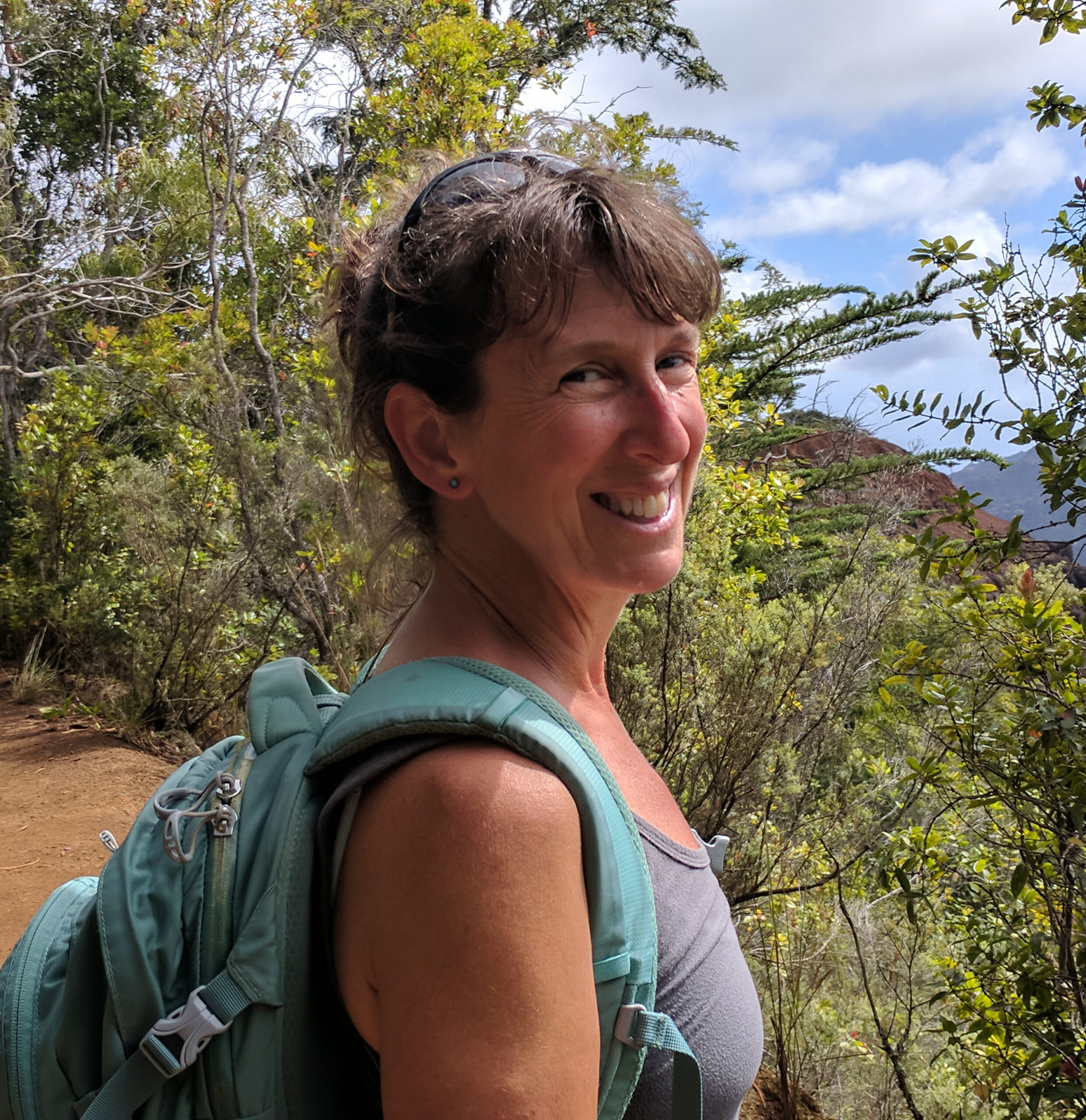
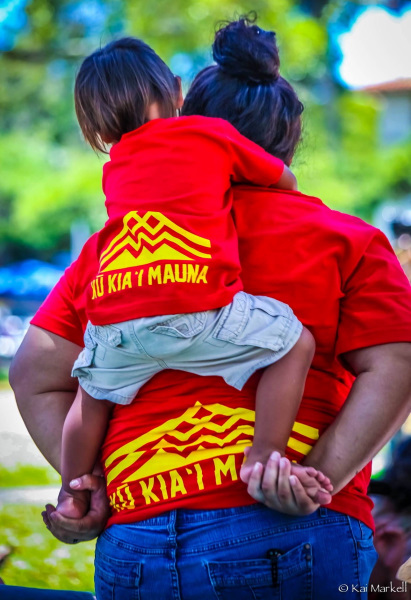

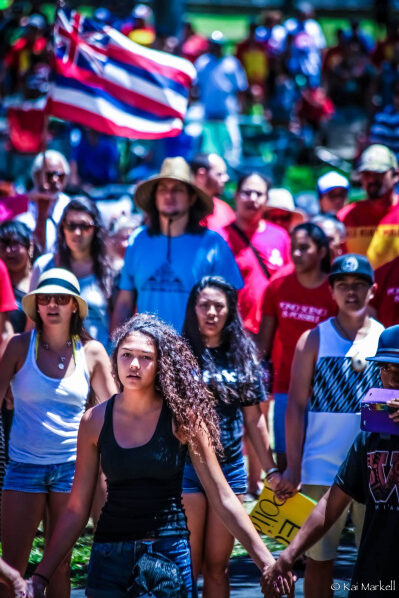
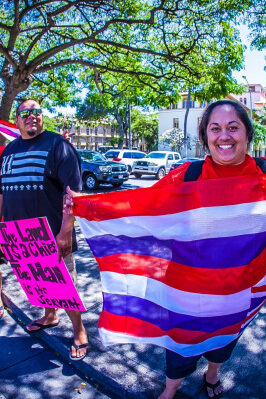
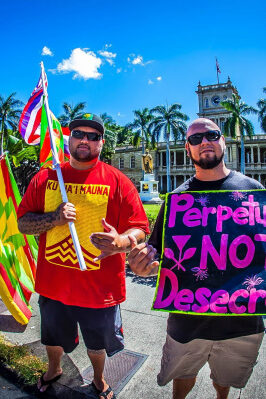
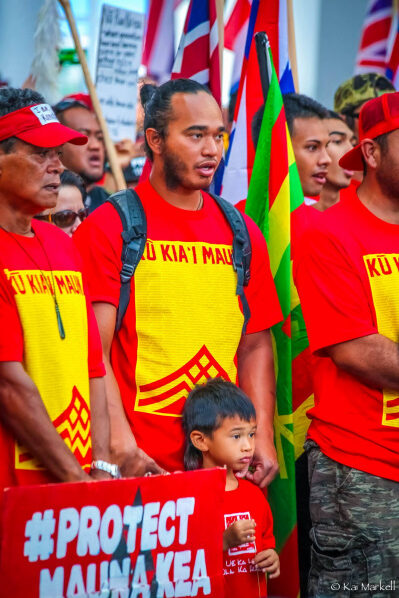
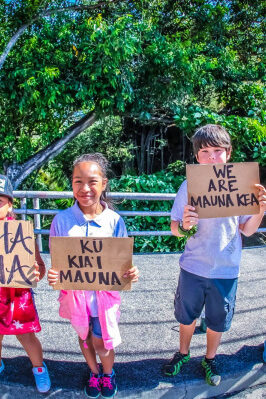
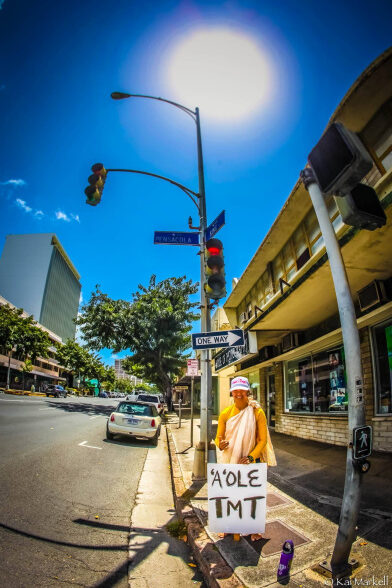
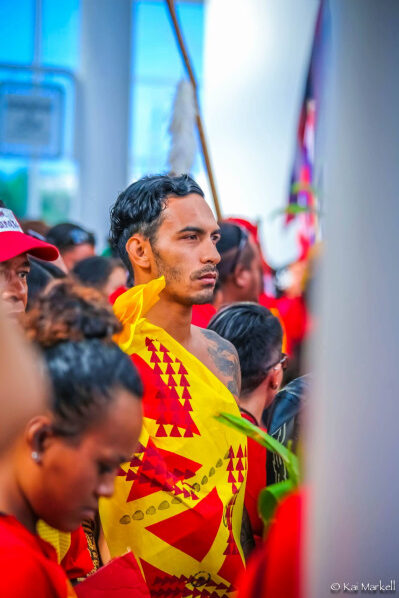
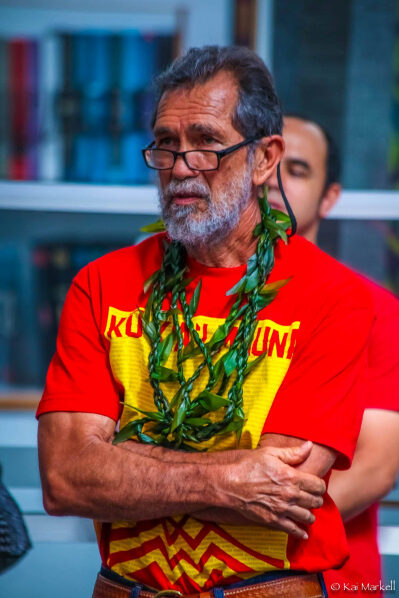
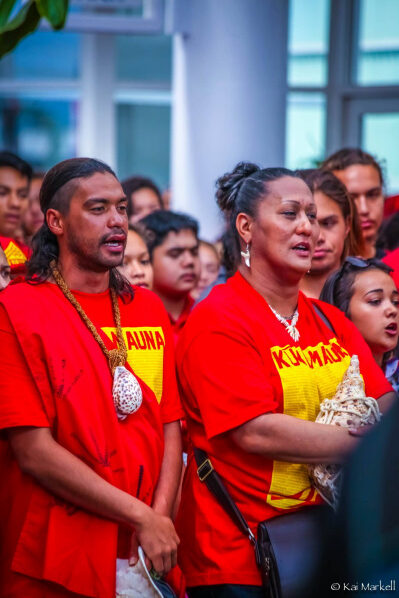
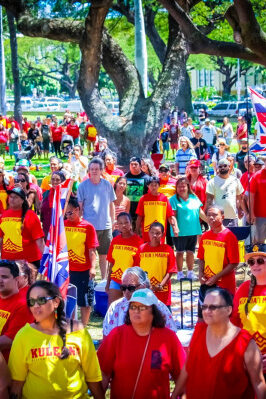
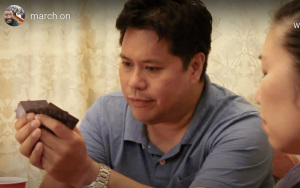
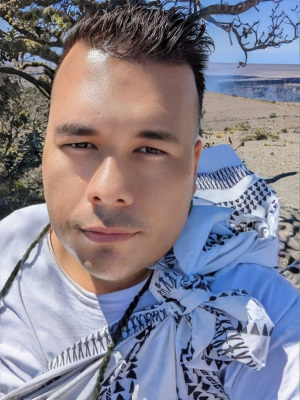
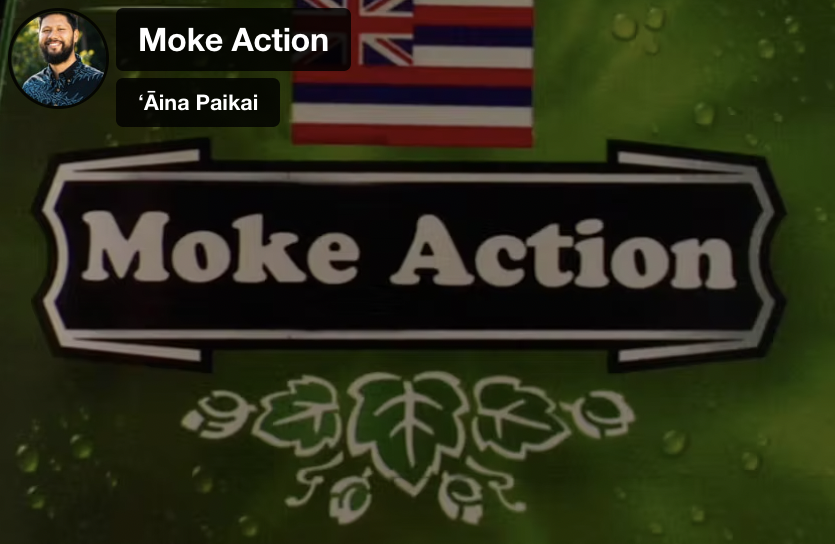
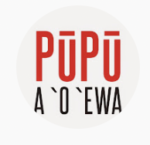 Hawaiʻi Creole English — called “pidgin” by its native speakers — dates back 100 years to the sugar plantation days. Immigrant workers, first from China, then Japan and other countries, needed a way to communicate with their fellow workers and with the people who lived among them, the Native Hawaiians. Pidgin is still spoken in Hawaiʻi, and being fluent is a source of great pride by its speakers. Pidgin is what makes us local.
Hawaiʻi Creole English — called “pidgin” by its native speakers — dates back 100 years to the sugar plantation days. Immigrant workers, first from China, then Japan and other countries, needed a way to communicate with their fellow workers and with the people who lived among them, the Native Hawaiians. Pidgin is still spoken in Hawaiʻi, and being fluent is a source of great pride by its speakers. Pidgin is what makes us local.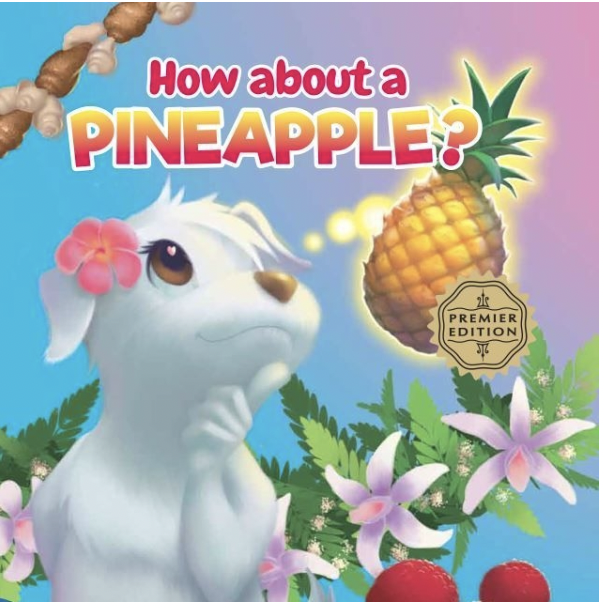
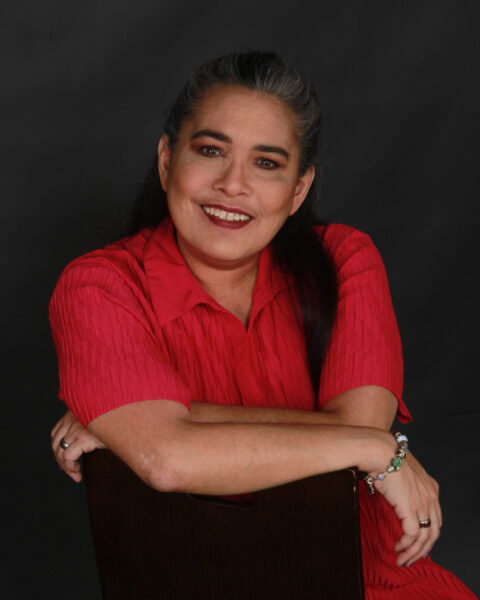
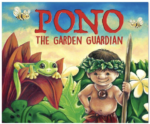
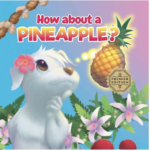
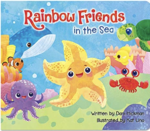
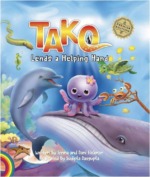
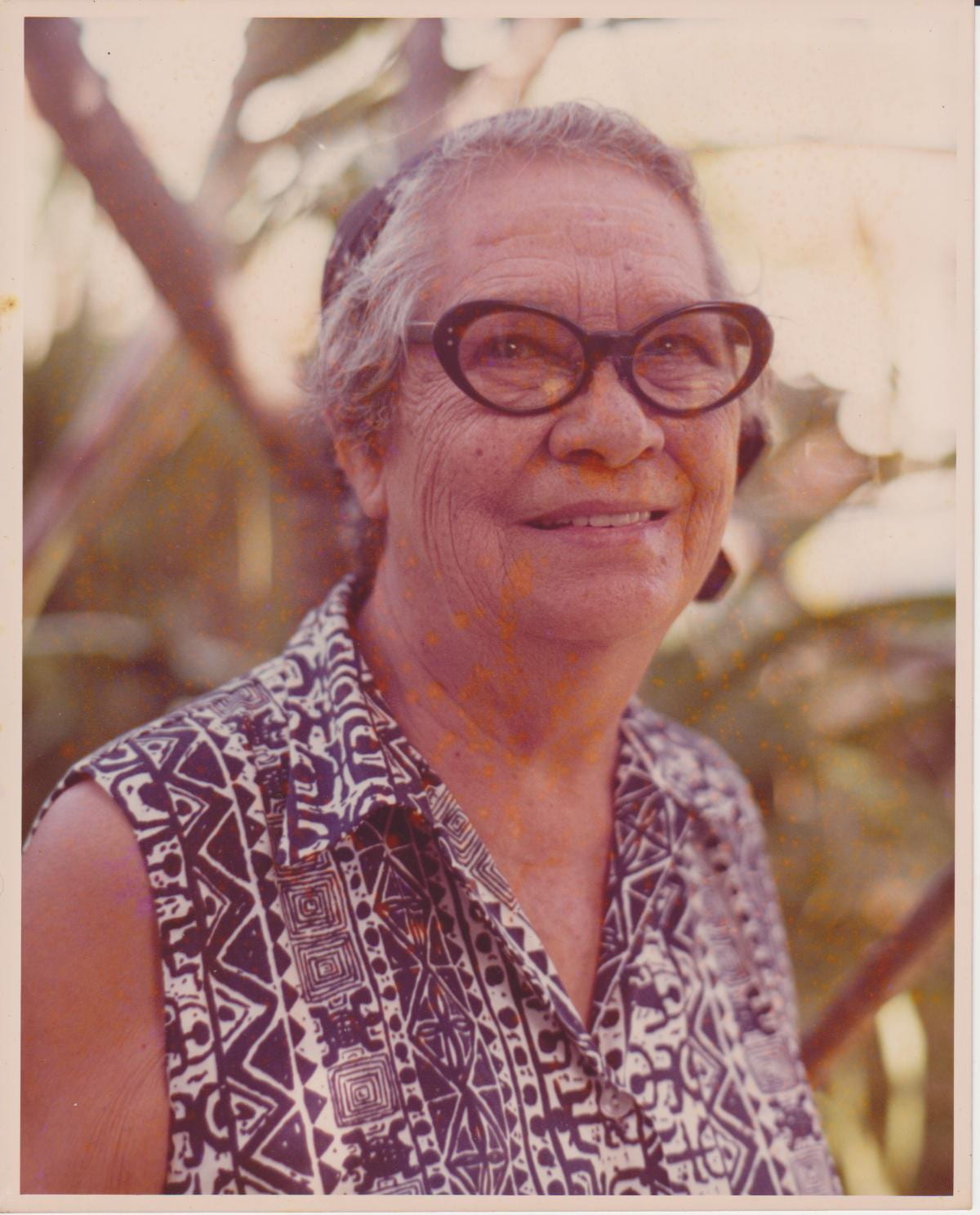
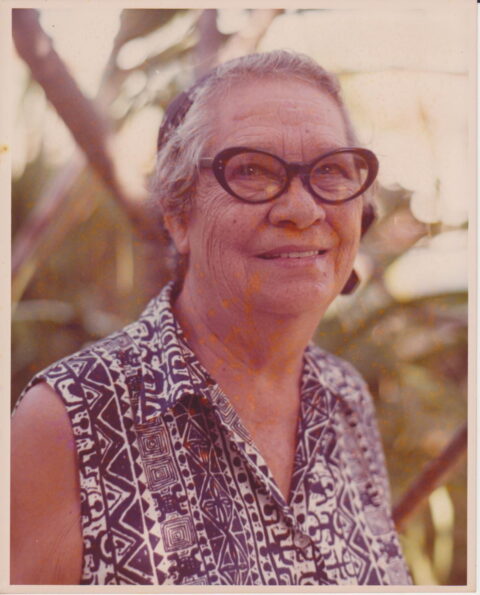 gathered together from Kaʻimukī, Kailua, Kāne’ohe, Nānākuli, and the Mainland. That day, we scattered most of Grandma’s ashes along with thousands of flowers and prayers off of Kahala Beach Park. We gave Grandma back to her beloved moana and ‘āina at that place because it had been one of her favorite fishing spots, at least in the days when Kahala consisted of groves of kiawe trees, a dairy farm, and a hodgepodge of week-end beach cottages. Before the main funeral started, Mary and I put a kapu on a little bit of Grandma. We wanted to bring a part of her to the windward side, another of her favorite fishing areas. That day in Waikāne, we had two film canisters filled with Grandma’s ashes, all that was left of her in this world.
gathered together from Kaʻimukī, Kailua, Kāne’ohe, Nānākuli, and the Mainland. That day, we scattered most of Grandma’s ashes along with thousands of flowers and prayers off of Kahala Beach Park. We gave Grandma back to her beloved moana and ‘āina at that place because it had been one of her favorite fishing spots, at least in the days when Kahala consisted of groves of kiawe trees, a dairy farm, and a hodgepodge of week-end beach cottages. Before the main funeral started, Mary and I put a kapu on a little bit of Grandma. We wanted to bring a part of her to the windward side, another of her favorite fishing areas. That day in Waikāne, we had two film canisters filled with Grandma’s ashes, all that was left of her in this world.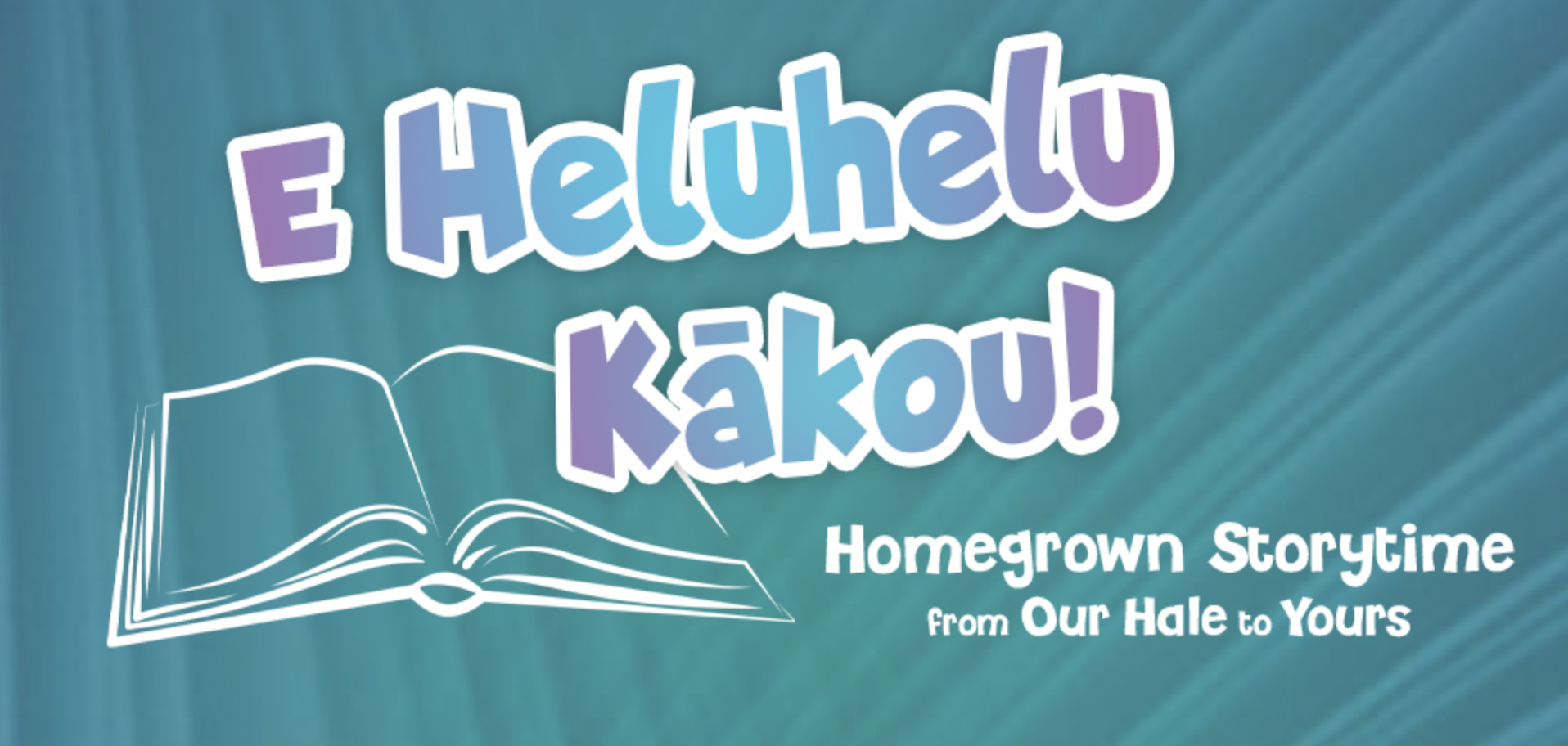

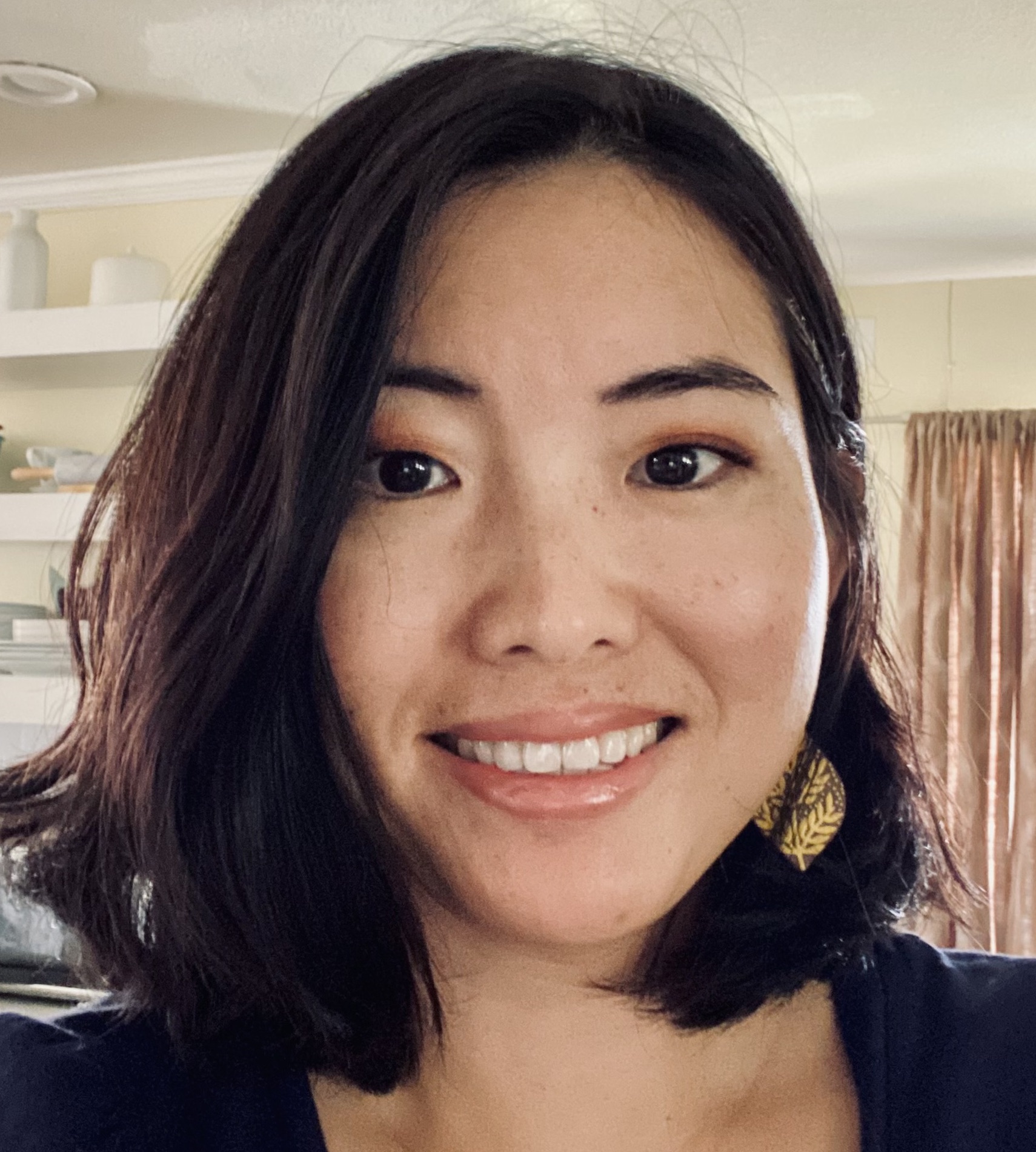
 week with my friend, author Brandi-Ann Uyemura. Writing coach, blogger, coach and author, Brandi does it all. Her articles and essays inspire hope, courage and compassion. An Asian American who grew up in Hawaiʻi, Brandi brings a much needed authentic voice, not just for Asian kids in Hawaiʻi but for all kids, everywhere.
week with my friend, author Brandi-Ann Uyemura. Writing coach, blogger, coach and author, Brandi does it all. Her articles and essays inspire hope, courage and compassion. An Asian American who grew up in Hawaiʻi, Brandi brings a much needed authentic voice, not just for Asian kids in Hawaiʻi but for all kids, everywhere.